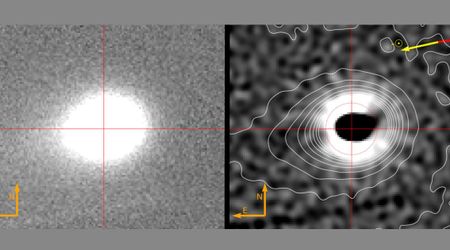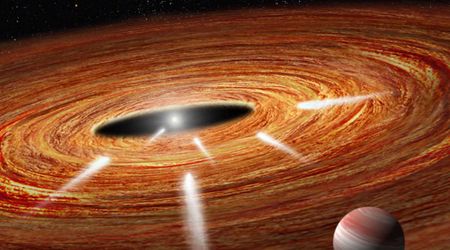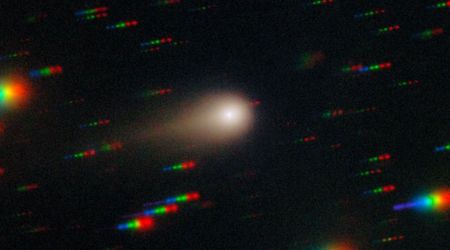What is the closest planet to the Sun?


As you all know, the Sun is the star at the center of our solar system. It is huge and incredibly bright, making it one of the most easily recognizable objects in the night sky. The planets orbiting it are much smaller in comparison, but they are still fascinating objects! After all, one of them is home to life! In this article, we will take a closer look at the closest planet to the Sun. And as you might expect, it is one of the hottest places in our solar system.
So, which planet is nearest to the Sun?
The closest planet to the Sun is Mercury. That's why it's sometimes called the "innermost planet.". It orbits the Sun at an average distance of 36 million miles (58 million kilometers). There are no other planets that are closer to the Sun than Mercury. Mercury is the smallest planet in the solar system, and it is not very hospitable to life. The relatively short distance between the Sun and Mercury means that sunlight takes only 3.2 minutes to reach the small planet. This is twice as fast as the time it takes to reach Earth (sunlight reaches our planet in 8 minutes and 20 seconds).
For a person standing on the surface of Mercury, the Sun would appear to be almost three times larger in the sky and the sunlight would be 7 times brighter than it is on Earth!
View this post on Instagram
In January 2023, the Solar Orbiter spacecraft captured images of Mercury crossing the field of view and appearing as a black circle moving across the face of the Sun. The transit was captured by multiple instruments on the spacecraft, offering an opportunity to calibrate and improve the quality of its data.
The surreal footage shows Mercury as a small black ball floating in front of the Sun, with large Solar Prominences and Filaments moving in the background, around the edge of the solar disk.
Can you imagine what the view would be like from the Mercurian surface?
Additionally, the BepiColombo mission will make its next close flyby of Mercury in June 2023, providing new opportunities to take photographs of the closest planet to the Sun.
Why is Mercury so close to the Sun?
Planet Mercury is believed to have formed from the merger of smaller objects, including planetesimals and asteroids. These building blocks were drawn together by gravity as they orbited the Sun. The larger objects accumulated more mass, while the smaller ones were gradually pulled into the planet's core. This process continued until Mercury reached its current size.
Because of its proximity to the sun, it is believed that large objects kept hitting Mercury early in its history, preventing it from growing any larger and causing it to stay so close to our local star.

Mercury can not host life because it is too close to the Sun.
The impact of mercury's proximity with the sun
Mercury's proximity to the sun has a significant impact on the planet. The sun's heat and radiation have turned Mercury into a barren, desert-like planet. The planet has no atmosphere, which means that there is no protection from the sun's intense heat. Mercury's surface temperature often reaches over 800 degrees Fahrenheit (430 degrees Celsius), making it one of the hottest planets in our solar system.
To add to this, Mercury is tidally locked with the sun, meaning one side is always facing the sun… In conclusion, Mercury's proximity to the Sun means that it is not a very suitable place for life as we know it.









